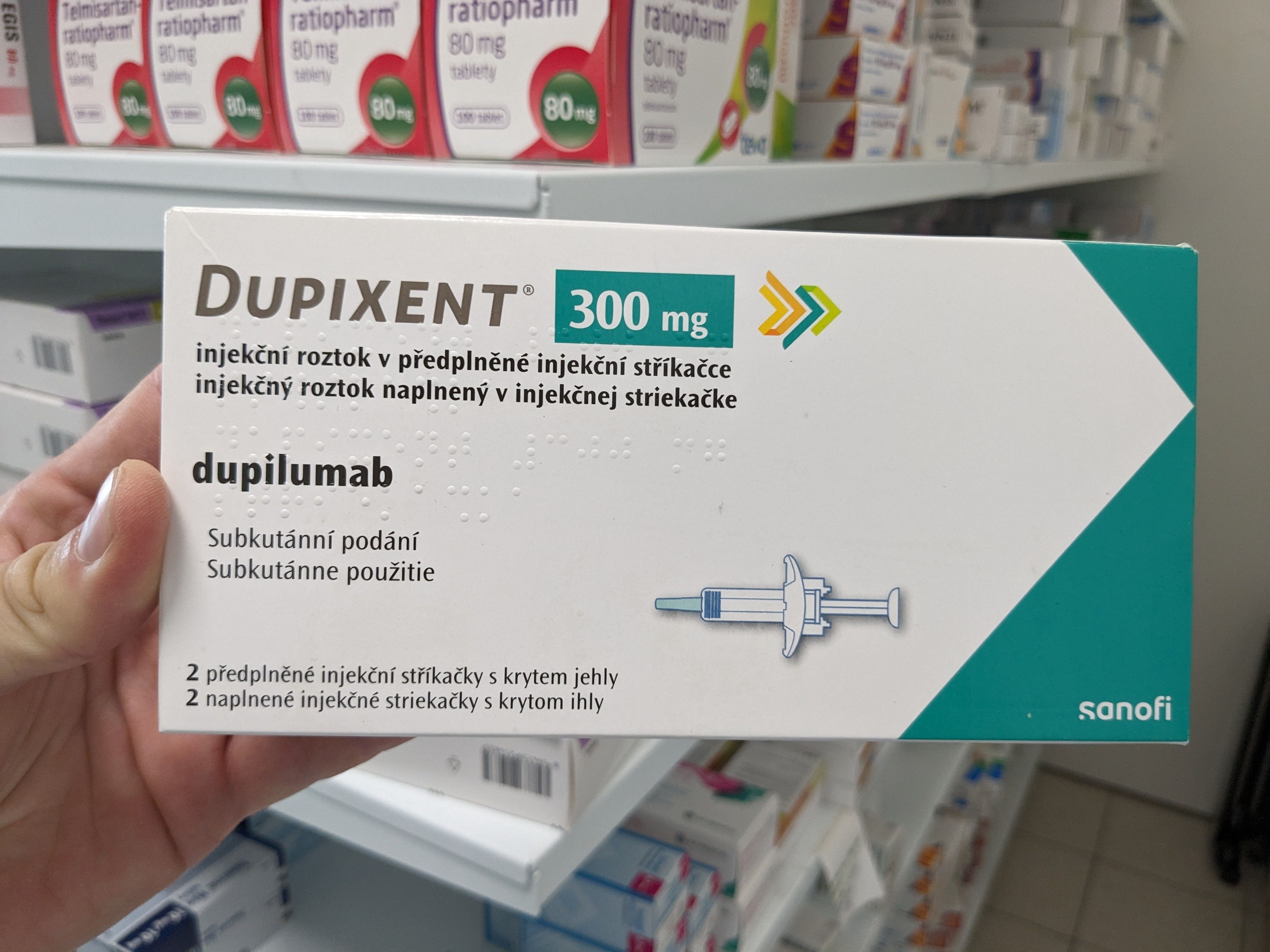Article
Vizient Sees 4.28% Increase in Health System Pharmaceutical Spending
Author(s):
Oncology medications, disease-modifying agents, and immunomodulatory agents will continue to account for most of the pharmacy spending by health systems, said Vizient, which projects a 4.28% increase for pharmaceutical purchases made by organizations between July 1, 2019, and June 30, 2020.
Oncology medications, disease-modifying agents, and immunomodulatory agents will continue to account for most of the pharmacy spending by health systems, said Vizient, which projects a 4.28% increase for pharmaceutical purchases made by organizations between July 1, 2019, and June 30, 2020.
“Even though prices are growing more slowly overall than in previous years, we continue to see new, increasingly expensive treatments introduced at ever higher list costs,” said Dan Kistner, senior vice president, pharmacy solutions, in a statement. He also cited increased regulatory adherence requirements as well as supply chain disruptions as factors behind the increase.
“While we are seeing some increased competition for certain drugs, the effects of the slow uptake of adoption to biosimilars, natural disasters, exacerbation of drug shortages and reimbursement limitations have continued to drive up costs for providers,” said Kistner.
The ongoing challenges facing healthcare systems are all-time high new drug prices, reduced disproportionate share hospital payments, and balancing product control and patient needs for opioids, said Vizient, the nation’s largest group purchasing organization.
For instance, the Drug Enforcement Administration (DEA), in an effort to clamp down on opioid use disorder, imposed stricter quotas on active pharmaceutical
ingredients on pharmaceutical suppliers. In turn, that restricted manufacturers’ ability to cope with unexpected supply interruptions, leaving some hospitals without enough injectable pain relief for hospitalized patients. The DEA said it adjusted the quotas but said it was not responsible for the quantity or speed of the manufacturing process.
Drug shortages and price hikes
The report cited the Drug Information Service at the University of Utah as saying that 2018 will mark the highest number of new drug shortages since 2014, with 139 new drug shortages were reported from January through September 2018.
According to Vizient, the reasons for drug shortages include manufacturers not investing in capacity for high-volume, low-profit injectable products like pain relief and intravenous fluids. Quality and manufacturing issues remain unchanged from year to year, as there is no incentive for manufacturers to change their approach.
Categories like antimicrobials, chemotherapy products, electrolytes and central nervous system drugs are still greatly affected by supply problems.
In addition, the company said shortages can lead to sudden price hikes. The entry of new generic products may cause makers of similar products to match a higher price, Vizient said.
Specialty pharmacy
Specialty pharmaceuticals are consuming more resources and increasingly contribute to rising drug costs, imposing a significant burden on patients due to coinsurance and pharmacy deductibles on top of higher-cost specialty tiers, the report said.
Between 2013 and 2017, total US expenditures for specialty drugs nearly doubled, from $83 billion to $157 billion. If orphan drugs are included, the total reached $200 billion in 2017. Combined, the costs of specialty pharmaceuticals and orphan drugs nearly equal the total amount spent on traditional medications, the report said.
The report said that in 2017, out of 5.4 billion prescriptions filled that year, 0.2% of prescriptions cost patients $250 or more, numbering 14.1 million prescriptions with a price tag of $250 or more. Another 3.4 million prescriptions cost $500 or more.
Vizient said increased availability of biosimilars over the next few years could help encourage competition, but only if their use is promoted by payers and providers.
Oncology drugs
Vizient said all of the 14 molecular entities launched in 2017 in oncology target novel pathways, and this trend continued in 2018. Precision medicine led to 7 of the 14 medications approved by the FDA in 2017 and 5 of the 13 approved in 2018, most with a companion diagnostic test.
The company also tracked the administration of chimeric antigen receptor (CAR) T-cell therapy among its members. It said from September 2017 through August 2018, there were a total of 778 administrations of a CAR-T therapy among 39 hospitals. The average patient length of stay was about 17 days, with a patients spending an average of 7 days in an intensive care unit.
By overall therapeutic class, Vizient said the highest spend drugs are:
- Antineoplastic agents
- Disease-modifying antirheumatic agents
- Anti-infectives immunomodulatory agents
- Plasma critical care
- Hematopoietic agents
- Vaccines
The top 10 drugs by size of projected price increase are:
- Adalimumab (Humira)
- Etanercept (Enbrel)
- Denosumab (Prolia/Xgeva)
- Usetekinumab (Stelara)
- Vasopressin (Vasostrict)
- Vedolizumab (Entyvio)
- Pneumococcal 13-valent conjugate vaccine
- (Prevnar 13)
- Abatacept (Orencia)
- Octreotide (Sandostatin LAR Depot
By drug, the costliest are:
- Adalimumab (Humira)
- Infliximab (Remicade)
- Rituximab (Rituxan)
- Pegfilgrastim (Neulasta)
- Etanercept (Enbrel)
- Alteplase (Activase)
- Pembrolizumab (Keytruda)
- Denosumab (Prolia/Xgeva)
- Nivolumab (Opdivo)
- Ustekinumab (Stelara)

Dupilumab Treatment for Patients With CSU: Insights From Jason Hawkes, MD, MS



